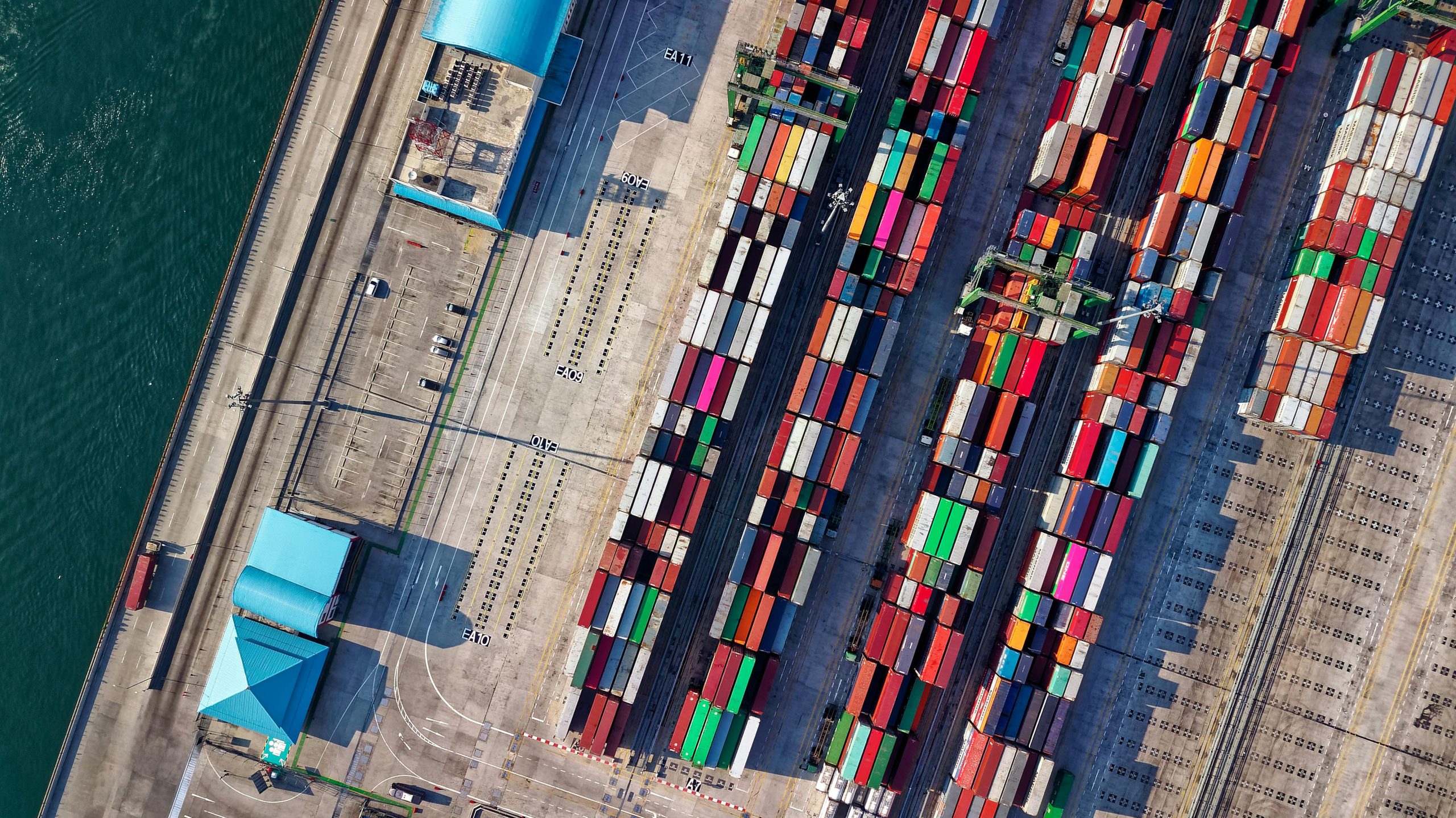Navigating Supply Chain Disruptions in Construction
The construction industry has always faced its share of challenges, but recent years have cast a harsh spotlight on a critical vulnerability: the supply chain. From material shortages and price volatility to logistical bottlenecks, disruptions are no longer anomalies but a persistent reality that need to be planned for. For construction procurement, simply reacting isn’t enough; building resilience is paramount.
Navigating this complex landscape requires a strategic shift from traditional, cost-centric procurement to a more agile and proactive approach. Here’s what that shift looks like:
Enhanced Visibility and Data-Driven Insights: You can’t manage what you can’t see. Implementing robust supply chain visibility tools allows companies to track materials from source to site, anticipate potential delays, and identify alternative suppliers before a crisis hits. Leveraging data analytics helps predict future disruptions based on historical trends and global events.
Diversification of Suppliers and Geographies: Over-reliance on a single supplier or region is a significant risk. Cultivating relationships with multiple vendors, including local and regional options, helps mitigate the impact of disruptions in one area. This doesn’t mean sacrificing cost-effectiveness, but rather strategically balancing it with redundancies and backup plans.
Collaborative Partnerships with Key Stakeholders: Strong relationships with suppliers, subcontractors, and even clients are crucial. Open communication channels, shared risk assessments, and long-term agreements can foster trust and ensure prioritization during times of scarcity. Exploring concepts like early contractor involvement (ECI) can also integrate supply chain considerations earlier in the project lifecycle.
Strategic Inventory Management and Buffers: While lean principles are valuable, a “just-in-time” approach can be disastrous during disruptions. Implementing strategic buffers for critical, long-lead-time, or high-risk materials can provide a crucial cushion. This requires careful analysis and planning to avoid excessive carrying costs and inventory.
Embracing Digital Procurement and Automation: Automating procurement processes, from order placement to payment, reduces manual errors and frees up teams to focus on strategic tasks. Digital platforms can also facilitate quicker communication with suppliers and provide real-time updates on order status.
The goal isn’t to eliminate all supply chain disruptions – that’s an unrealistic expectation. Instead, it’s about building an adaptable and robust procurement framework that can absorb shocks, minimize their impact, and ensure projects stay on track. By focusing on visibility, diversification, collaboration, strategic inventory, and digital tools, construction companies can transform supply chain vulnerabilities into competitive strengths.








